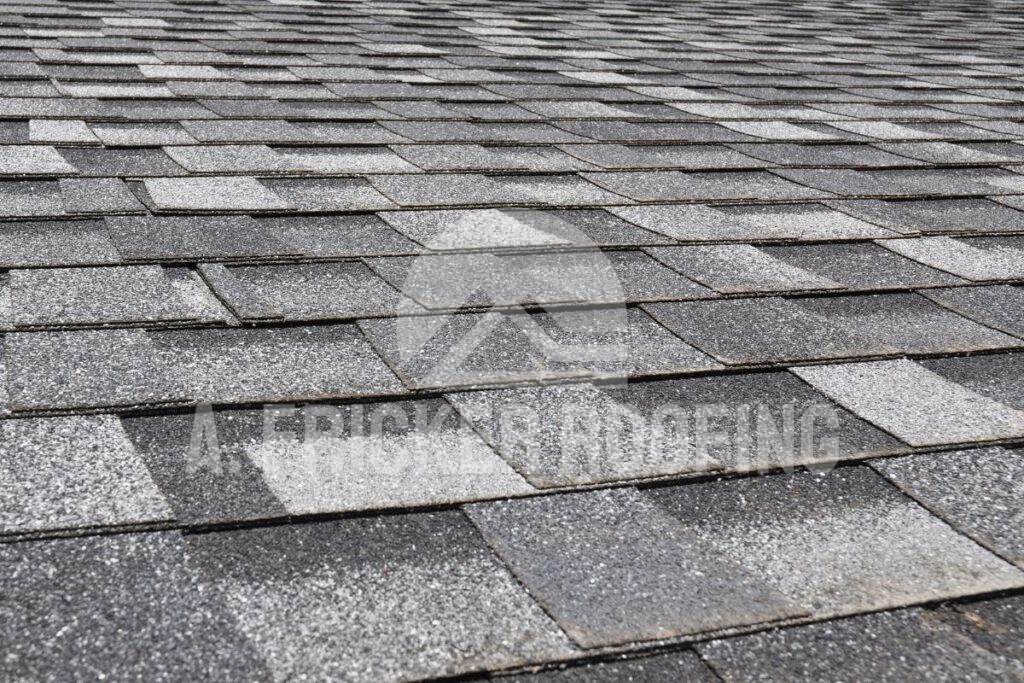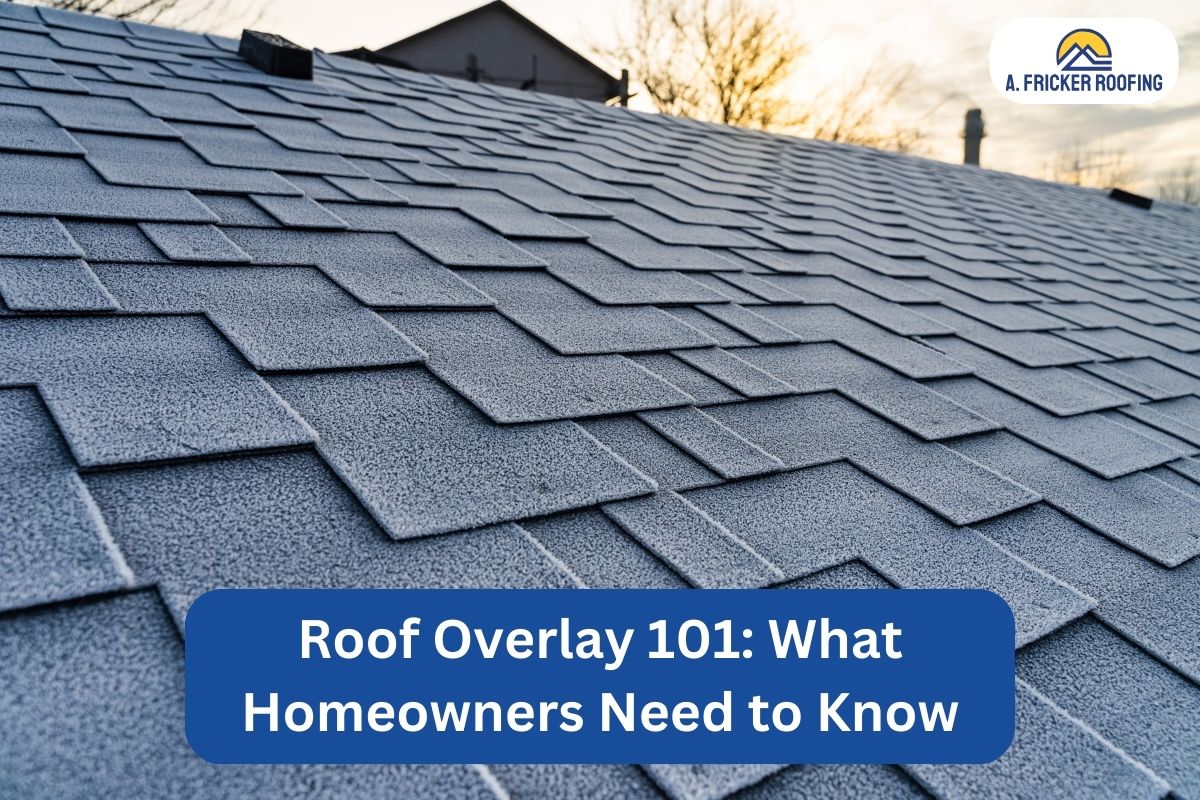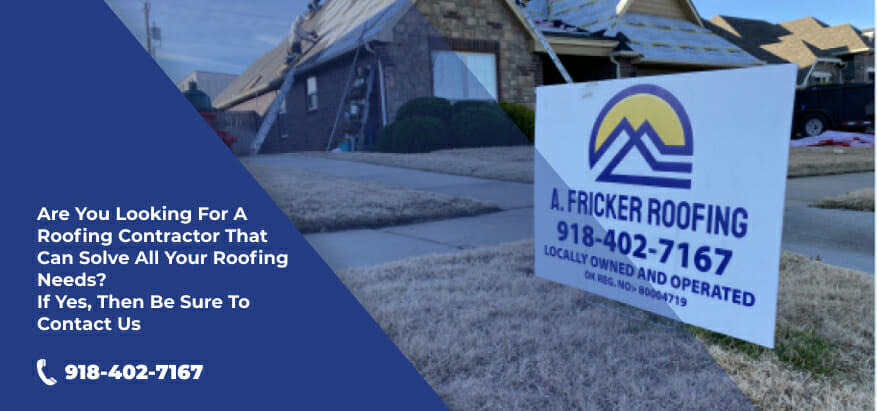When it comes to a roof renovation project, homeowners have two options: a complete roof replacement and a roof overlay. Though both options offer advantages in terms of cost and functionality, some homeowners may find themselves overwhelmed when choosing one between the two. So, if you want to decide whether to go with complete roof replacement or just install another layer of shingles, roof overlay, this blog post is for you.
In this comprehensive guide, I will cover all the aspects of roof layover , as well as the pros and cons of this roofing method. Read this entire blog post to make a practical decision for your home. First, let’s understand what a roof overlay is.
What Is A Roof Overlay?
Roof overlay, roof layover, or re-roofing is the process of adding new layers of shingles or roofing materials on top of the existing roof. Homeowners often choose re-roofing or roof overlay to increase the durability and lifespan of their roof without having it replaced completely. Roof overlay results in potential cost-saving, though for a short time, and saves time compared to a full roof replacement. Though this process is considered a quick fix for the decayed and aging roofing materials, it has some serious and unavoidable consequences, which we will discuss later in this blog post.

Advantages of Roof Overlay/Re-roofing
Below are the noteworthy reasons why homeowners choose roof overlay compared to a roof replacement, beginning with one essential pro: cost efficiency.
1. Cost-Efficiency of Roof Overlay
Saving money is probably the most appealing advantage of opting for a roof overlay. This approach is pocket-friendly due to its process.
One significant advantage is that it requires less work, which means you can save on labor costs by choosing an overlay instead of a full roof tear off. You don’t have to hire professionals to remove and dispose of your old roofing materials, which makes the process less intensive. Additionally, an overlay strategy eliminates disposal fees that can add up quickly when tearing off an entire roof.
2. Quick Installation Times
One essential reason homeowners choose roof overlay instead of replacement is its quick installation. Without involving time for roof tear offs and disposal of the removed shingles, the new layer of shingles can be installed far quicker onto the old roof.
Not removing the old shingles significantly cuts down project duration compared to a complete roof tear off and replacement. Moreover, the simplicity involved in roofing over old shingles not only speeds up the process but also eliminates potential risks associated with exposing your home’s interior to outside weather conditions.
However, this method might not be suitable for all situations. Ultimately, your decision should be based on numerous factors, including your current budget and long-term property management plans.
Drawbacks and Disadvantages of Choosing Roof Overlay
Even though a shingle overlay has a few benefits, it’s also important to weigh the potential downsides. To make an informed decision, let’s understand the disadvantages of roof overlay.
1. Not A Long-Term Investment
While opting for a roof overlay may seem like a more economical choice at first, it may not be beneficial in the long run. Adding extra layers of shingles could trap moisture, leading to the possibility of wood rot or even mold growth. This means that any damages that go unnoticed during the installation process could continue to cause problems for years to come, eventually resulting in expensive repair bills that could have been avoided.
2. Added Weight on The Roof
Another critical aspect is the added strain on your home’s structure by the additional weight of a second layer of shingles. Generally, roof structures are designed to bear a certain amount of weight. By adding another layer of shingles, you risk those support mechanisms, potentially leading to significant structural problems over time.
So, if you have to choose between a roof overlay and an entire tear off, consider the load bearing capacity of your roofing structure: can it support the weight of added layers?
3. Difficulty of Roof Inspections
One considerable disadvantage of installing new shingles over old shingles is the difficulty of roof inspections. A roof inspection gives a detailed and thorough analysis of the present condition of the roof and the underlying structure. Therefore, a roof inspection is generally done before a roof replacement or any roofing project begins.
Installing new shingles over old shingles buries any underlying damages, such as mold, rot, and leaks, which can escalate in the long run. It becomes harder to look for problems and pinpoint their origin when another layer of materials is added. Potential issues like leaks or deteriorated underlayment could persist until they manifest into more serious complications that require expensive fixes.
4. Shortened Lifespan of The Roof
Another aspect worth noting is that overlays generally have a shorter life expectancy compared to complete roof tear offs, especially when a good-quality roofing material is used. The heat buildup between the layers frequently degrades newer materials, causing them to lose durability over time.
5. Impact on Curb Appeal
Cosmetics plays an important part when it comes to a home’s value and aesthetics. While the conventional roof replacement permanently increases the curb appeal and aesthetic value of your roof, shingle overlays can negatively affect it. This is mainly because roof overlays often fail to provide a smooth and even surface that is seen with fresh installations. Thus, your house may lack aesthetic value compared with those equipped with newly done roofs.
After reading the many disadvantages of installing shingles over shingles, you may be wondering, can I install a metal roof over shingles? For a more detailed discussion on this topic, you can check out to our blog post: 5 Problems With A Metal Roof Over Shingles: Problems You Shouldn’t Ignore
Comparing Roof Overlay vs. Tear Off Methods
At first glance, the difference seems clear: overlay implies adding another layer of roofing material on top of what already exists, whereas tear off involves removing the current roof entirely before installing the new material. But there’s more to each.
1. Time and Labor
Generally speaking, roof overlay projects are faster and less labor-intensive compared to their tear off counterparts due to the less work involved.
2. Roofing Material Waste
A roof tear off produces significant waste, old shingles, nails, etc., which demands careful disposal, while an overlay keeps homeowners from this particular hassle as it keeps the existing materials in place.
3. Inspection Potential
Unlike overlays where problem areas may escape unnoticed under new shingles, tear offs provide a chance for a comprehensive inspection and to address underlying issues such as rotten wood or mold growth. A roof inspection before the roof replacement offers better long-term reliability despite its higher upfront costs.
Contact A. Fricker Roofing and Waterproofing In Tulsa, OK, For Your Roofing Needs
At A. Fricker Roofing and Waterproofing, we recommend a roof replacement rather than a roof overlay. A complete roof replacement prevents homeowners from the silent and hidden effects of roof overlay while also increasing the functionality and aesthetics of their homes. However, if you choose roof overlay, then it is important to assess the condition and load bearing capacity of your roof.
So, whichever option you choose, roof inspection is a must. Contact A. Fricker Roofing and Waterproofing for your free roof inspection in Tulsa, OK. Give us a call today at (918) 402-7167 and consult a professional roofer for your roofing needs.

